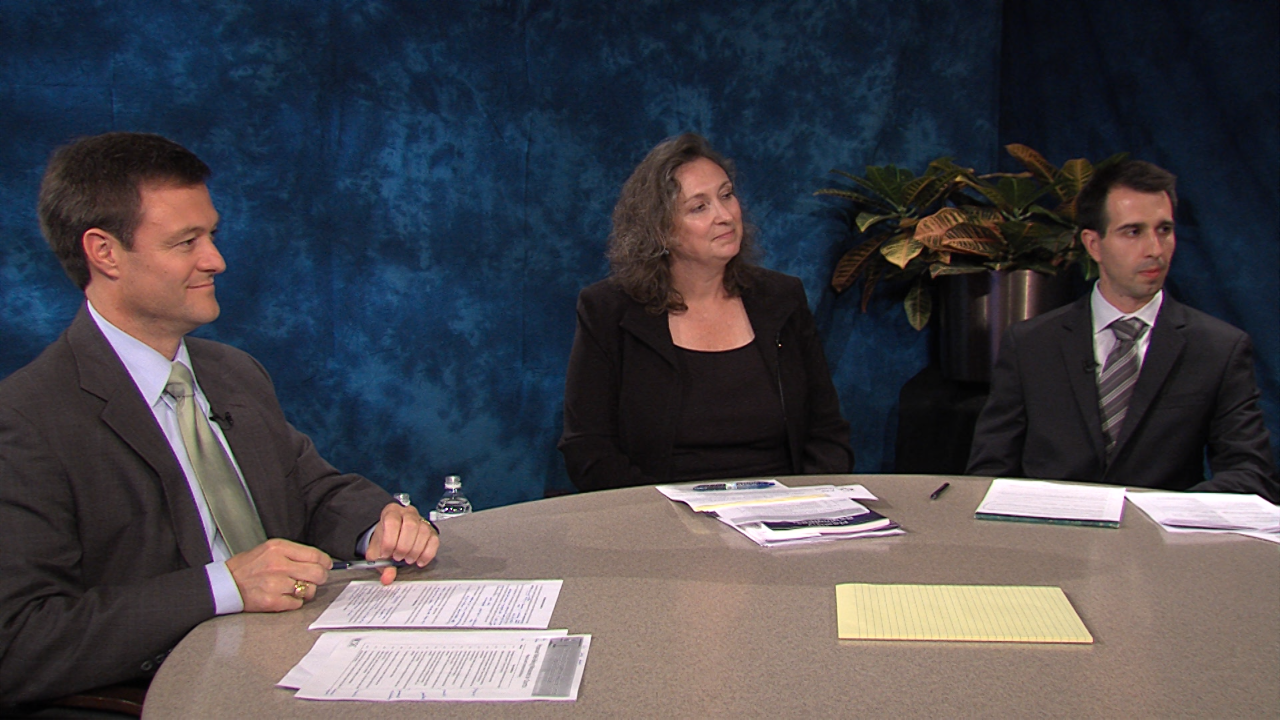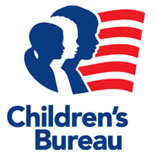The nation’s juvenile and family courts need to lower walls that have blocked the sharing of data that is key for to marshaling a child through state agencies and the justice system, according to a gathering of court experts Thursday.
 If the courts fail, a child’s mental, physical and emotional well-being could be damaged, according to a series of measures and recommendations put forth by the panel to guide judges and courts in handling youth in the system.
If the courts fail, a child’s mental, physical and emotional well-being could be damaged, according to a series of measures and recommendations put forth by the panel to guide judges and courts in handling youth in the system.
“The days of sitting in your office creating your own [data] system without input from others – those days are gone,” said Sandra Moore, head of Pennsylvania’s Office of Children and Families in the Court. “We just can’t function that way anymore…The court system needs to be able to talk to the child welfare system.”
Courts Have Had Some Success

![]() Over the years, judges and the courts have had success pushing forward the conversation on the safety of state wards and foster children, as well as dealing with matters like visitation and permanent placement, the panelists said.
Over the years, judges and the courts have had success pushing forward the conversation on the safety of state wards and foster children, as well as dealing with matters like visitation and permanent placement, the panelists said.
“The problem is, with well-being, frankly we weren’t sure how effective the courts would be,” said Gene Flango, executive director at the National Center for State Courts. And this includes health data, education data and drug, alcohol or medication use – areas where the laws have been historically strict on the transfer of information from one hand to the other.
It also involves engaging neighborhood or parental groups, the faith community and educators.
Five Goals for Outcomes
Nora Sydow, a knowledge and information services analyst for the National Center for State Courts, noted five chief goals – or well-being outcome areas – that drove the plans and measures on the table Thursday:
- Physical health, including immunizations and health screenings during the hearings.
- Mental health, including medications.
- Permanent relations with siblings placements and visitations during court hearings; and
- Transition to adulthood; and
- Enhanced family capacity to raise a child.
![]()
 “The hardest thing about being a judge is making the right decision,” said Judge Robert Hofmann of Mason, Texas. “The more information that we have, the better decisions that we’re going to make and the better the outcomes are going to be for children.”
“The hardest thing about being a judge is making the right decision,” said Judge Robert Hofmann of Mason, Texas. “The more information that we have, the better decisions that we’re going to make and the better the outcomes are going to be for children.”
But if judges – who might be resistant to change or bending to rules more applicable to business than meting out justice or piecing together broken families – keep asking the right questions of court officials and experts, the right answers will come, he said.
Foster Care and Youth Detention by the Numbers
The number of children in foster care has dropped sharply, falling 23 percent to 424,000 between 2000 and 2009, according to a 2011 Child Trends snapshot. Other studies and groups put the figure much higher, at 500,000 or even 800,000.
The number of youth in detention, meanwhile, officially stood at about 71,000 as of 2010. However, some juvenile justice experts put the number – which is heavily skewed against blacks and Hispanics – at close to 100,000.
What is not contested, however, is the impact that placement in the system has on a child.
The Impact of Placement on a Child
On education, for example, the group’s draft Issue Paper released Thursday stated the academic field was terribly lopsided, working against foster children and others in the system since they had low graduation rates and college enrollment, high dropout and mobility rates with excessive transfers and poor achievement.
“The long-term outcomes for those with poor educational experiences include difficulty in the transition to adulthood, poverty, homelessness and incarceration,” according to the report, which runs more than 50 pages. All this can translate into emotional and social troubles and trauma, such as disengagement from social circles and being “ill-prepared for adulthood.”
Poignant Timing for Panel
![]()
 Thursday’s panel, which came during National Foster Care Month, was put on by the U.S. Department of Health and Human Services and moderated by David Kelly, a child welfare program specialist for the department’s Children’s Bureau.
Thursday’s panel, which came during National Foster Care Month, was put on by the U.S. Department of Health and Human Services and moderated by David Kelly, a child welfare program specialist for the department’s Children’s Bureau.
Kelly, in opening the session, noted Thursday was the anniversary of the landmark Brown v. Board of Education Supreme Court case – “one of the most important civil rights and well-being [cases], and especially poignant in framing our discussion.”
Needs of the Children
On health, the group (which started a focus group last year to build on efforts underway since 2009) wrote: “Some estimates say approximately 80 percent of children in foster care have significant health care needs, including chronic health conditions and developmental concerns.”
There are also many issues involving medication or over-medication and social engagement.
Nor is there disagreement on the need to share information and get a quick start on implementing some of the panel’s recommendations. While agreeing it may be impossible to implement all of the measures at once, all on the panel said courts can certainly make headway by looking at their current systems and capitalizing on existing strengths, whether it’s collection of health data, medication logs, or educational attainment.
The Importance of Sharing Information
Hofmann noted that judges often “default to the most stringent interpretation” of laws governing data that deals with a child’s privacy, especially in the realms of education and health.
To deal with this, officials in every state should “look for the low-hanging fruit,” Moore said. “Find something that you’re being successful at and celebrate that. Help people understand that we really can help people; we really can do something with these well-being measures to help children. And then move on to the next [area]. Success breeds success.”
The panel, which also included Eva Klain, director of child and adolescent health at the ABA’s Center on Children and the Law, noted that data systems do exist. It’s a matter of collaboration and making systems more user-friendly across agencies so sharing is encouraged and not something to shy from.
States like Colorado are gaining on real-time sharing of data between the courts and child welfare agencies, while others, including Delaware, are just starting to create more complex databases to house information vital to a child’s well-being, according to the panel.
Defining a Child’s Best Interest Not Easy
The management of the nation’s child and family courts has been a sore issue for decades as judges, attorneys on either side of the aisle and advocates wrestled with what constituted a child’s best interest. Just as harsh penalties dominated for years in juvenile court, in family and child welfare proceedings safety took precedence.
This, according to many experts, shoved out many needs of the child. Where there was punishment, rehabilitation was needed, they argued. Where there was removal of the child, education evaluation of the entire family structure was needed.
“If we protect children,” Moore said, “but we don’t do well on that journey in protecting the well-being of children, then I don’t know that we’ve done them service.”
Eric Ferkenhoff is the editor of The Chicago Bureau.
























